I want to create a report in MS SQL Server BIDS (SSMS and Visual Studio). The user would enter a list of email addresses as a parameter. So @pEmails would be 'foo@bluh.com', 'bar@meh.org', etc. These email addresses may or may not be in a table.
I can simply do:
and Table.Email in (@pEmails)
and that works, except I need to return the email address if it's NOT found as well. So the results would be something like:
|email |found in table|
|------------|--------------|
|foo@bluh.com| Y |
|bar@meh.org | N |
I was thinking I could take the list of values entered as the @pEmails parameter and create a temp table with them, which I could then left join with, but my attempts to do so have not worked out.
declare @pEmails table (EmailAddress varchar(255));
insert into @pEmails values (@ReportParameter1);
select
*
from
@pEmails
The above works if only a single value is put into @ReportParameter1, but not if multiples are in it.
I am using SQL Server 2008. Any suggestions on how best to proceed?
